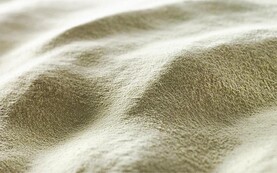The Russian ban on food imports from Europe is regarded as an additional blow to already weak dairy markets; last year it was the number one destination for European exports of both butter and cheese, accounting for 29% of the butter and 33% of the cheese that left the EU.
In the case of cheese, the total volume imported by Russia was a massive 257,266t. Most of the cheese was Edam and Gouda, with only small volumes of cheddar. There are fears that some of this displaced cheese could replace Irish product in foodservice markets such as the UK. Anecdotal reports suggest that this has already begun to happen.
As shown in the graphic, the Netherlands, Germany and Finland are worst hit. Finland, which shares a land border with Russia, was the main butter source.
Trade sources say that while Russia will source additional dairy products from New Zealand and South America, the net result is that there will be less dairy products consumed in Russia. The move will also affect product mix, with European processors now likely to make more butter which has a longer shelf life.
One positive for Ireland is that infant nutrition products and casein are not affected by last week’s ban. However, Kerry Group’s casein plant at Listowel and Dairygold’s at Mitchelstown are locked out of export to Russia since a veterinary inspection visit in May.
The closure of the Russian market is a blow to the Irish Dairy Board, which had launched Kerrygold butter and cheese in the market in 2013. While volumes are currently small, the setback is huge in terms of lost potential.
One of the long-term implications of the ban should be to encourage growth in domestic milk production. The Russian government has a stated aim of reducing their dependence on food imports by boosting domestic output.
Despite considerable investment and government support, Russian milk output has been hovering at around 31m tonnes since 2000 (Ireland’s output is at 5m tonnes). There is, however, a history of massive dairy production in the region – production in the Russian Federation was as high as 47m tonnes in 1992.






 This is a subscriber-only article
This is a subscriber-only article










SHARING OPTIONS: